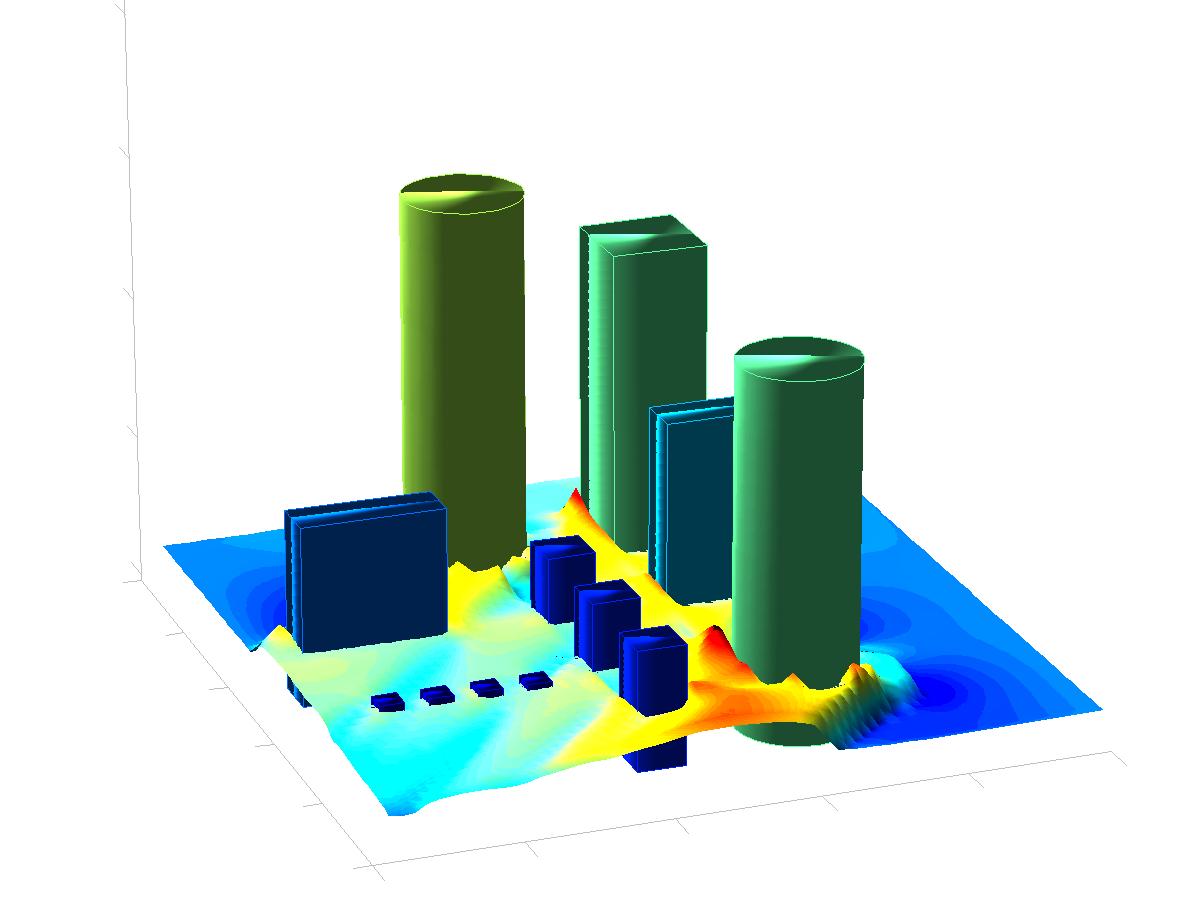QUIC Dispersion Modeling System

The QUIC (Qwick Urban Industiral Complex) Dispersion Modeling System is the result of a collaborative research effort between the Environmental Fluid Dynamics Lab at the University of Utah and the Energy and Environmental Analysis Group at Los Alamos National Laboratory (LANL). The work has primarily been funded by the Department of Energy. More recently, several new collaborators have begun to develop the system including Dr. Petra Kastner-Klein's group at the University of Oklahoma's School of Meteorology.
The system is composed of two basic models: QUIC-URB, a 3D fast response urban diagnostic wind model and QUIC-Plume a Lagrangian dispersion model. QUIC-URB is designed to generate high resolution, 3-dimensional, wind fields that explicitly account for flow around buildings. The wind fields are produced using a mass consistent diagnostic wind model based on the work of Rockle (1990) and Kaplan and Dinar (1996).
QUIC-Plume is Lagrangian dispersion model that is based on the Langevine equations. This model has been developed primarily by Dr. Michael Williams at Los Alamos National Laboratory.
Members Area containing downloadable code and documentation.
QUIC Developers, Users and Collaborators:
Los Alamos National Laboratory - Michael J. Brown
University of Utah - Eric R. Pardyjak
University of Oklahoma - Petra Kastner-Klein
University of California Riverside - Akula Venkatram
Arizona State University - H.J.S. Fernando
EPA
Presentations and Publications:
Under Construction
Students at the University of Utah currently developing the QUIC System:
- Tom Booth: QUIC GUI
- Andy Parker: QUIC GUI
- Balwinder Singh - QUIC-Plume
- Akshay Gowardhan - QUIC-URB Street Canyons
- Nilesh Bagal - QUIC-URB



